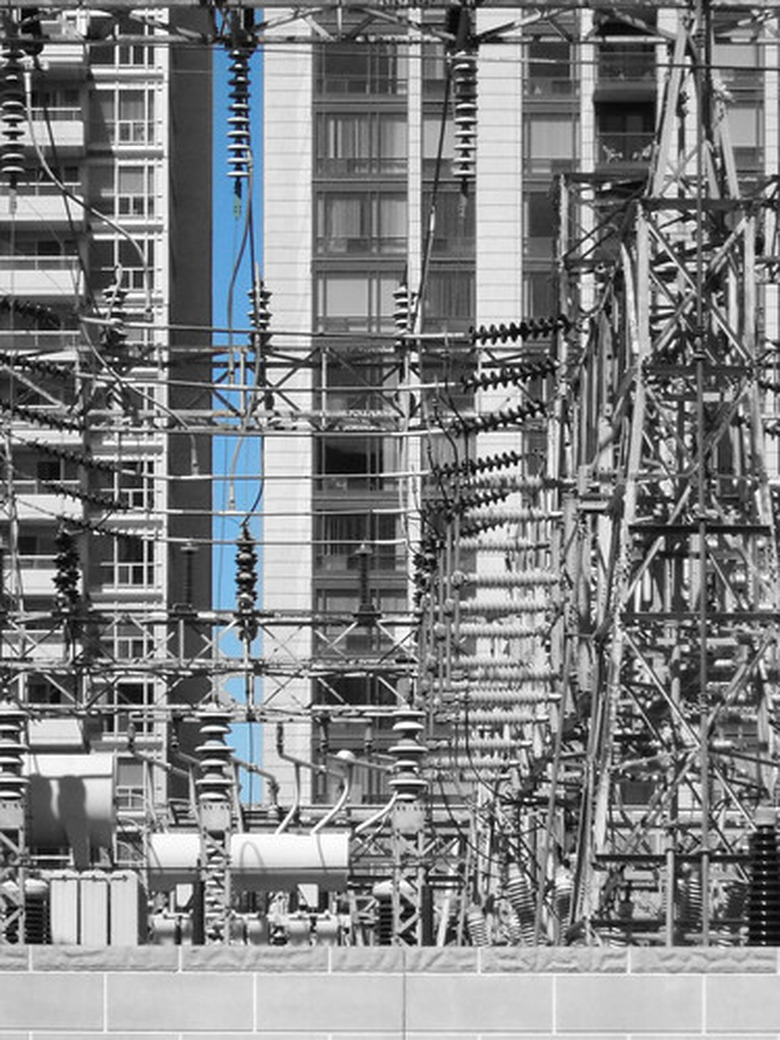What Is A Step Up Transformer?
Transformers are a pair of coils or solenoids that are usually wrapped around an iron core. Step-up transformers are created specifically to "step up" or increase voltages. This is useful in numerous applications. They operate on the principle of electromagnetic induction, where a changing magnetic field creates a voltage.
Theory
Theory
An AC voltage at the first coil creates a magnetic field inside of it, causing a current in the second coil. The induced current causes the second coil to have a changing magnetic field that in turn generates a voltage.
Features
Features
The voltage on the primary coil is called the input, and the one on the secondary is called the output. The primary has fewer coils than the secondary, and so an input voltage induces a larger output voltage. The number of coils is also called turns.
Output Voltage
Output Voltage
The ratio of the number of input to output coils controls the output voltage size. For example, a 1:3 transformer means that 5 volts at the input will induce 15 volts at the output, since 5 x 3 = 15.
Output Current
Output Current
The ratio of input to output coils also controls the output current. In the above example, a 1:3 transformer means that 1 amp at the input will induce 0.33 amps at the output, because the current will be reduced by 1/3.
Uses
Uses
Power companies use them to help transmit electricity over long distances. They are also useful in devices such as air bags and power supplies.
References
- Getting Started in Electronics; Forrest Mims III; 2000
- Physics for Scientists and Engineers; Douglas Giancoli; 2000
Cite This Article
MLA
Lewis, Kim. "What Is A Step Up Transformer?" sciencing.com, https://www.sciencing.com/step-up-transformer-6175761/. 24 April 2017.
APA
Lewis, Kim. (2017, April 24). What Is A Step Up Transformer?. sciencing.com. Retrieved from https://www.sciencing.com/step-up-transformer-6175761/
Chicago
Lewis, Kim. What Is A Step Up Transformer? last modified March 24, 2022. https://www.sciencing.com/step-up-transformer-6175761/
